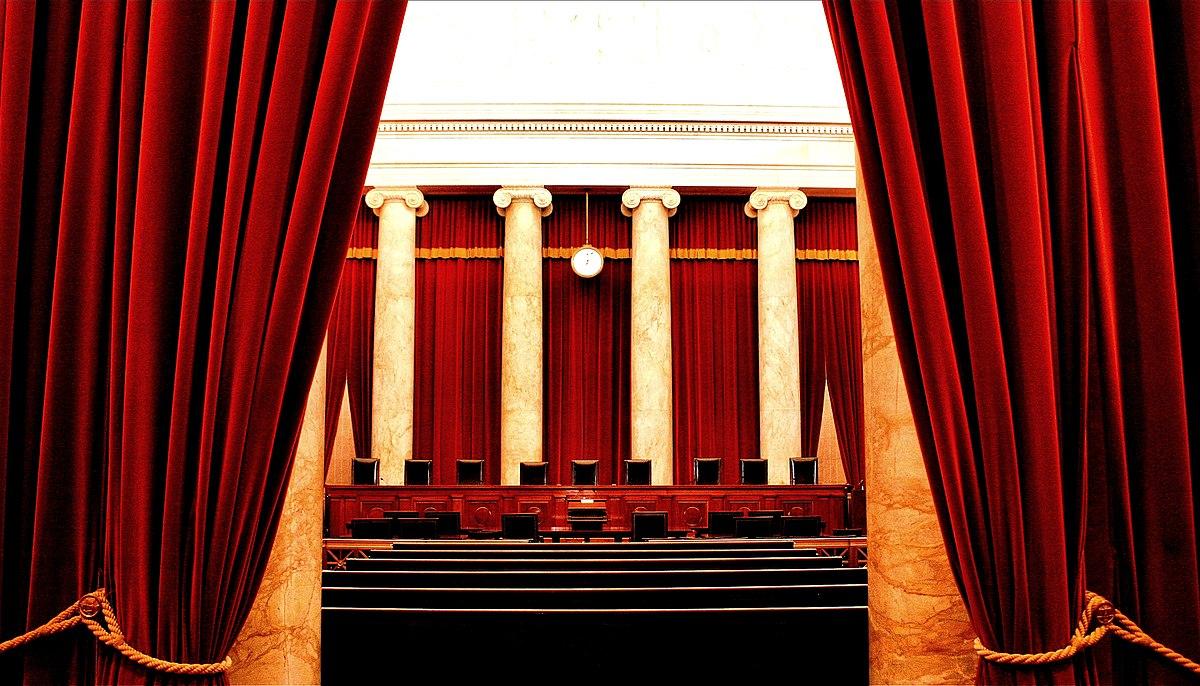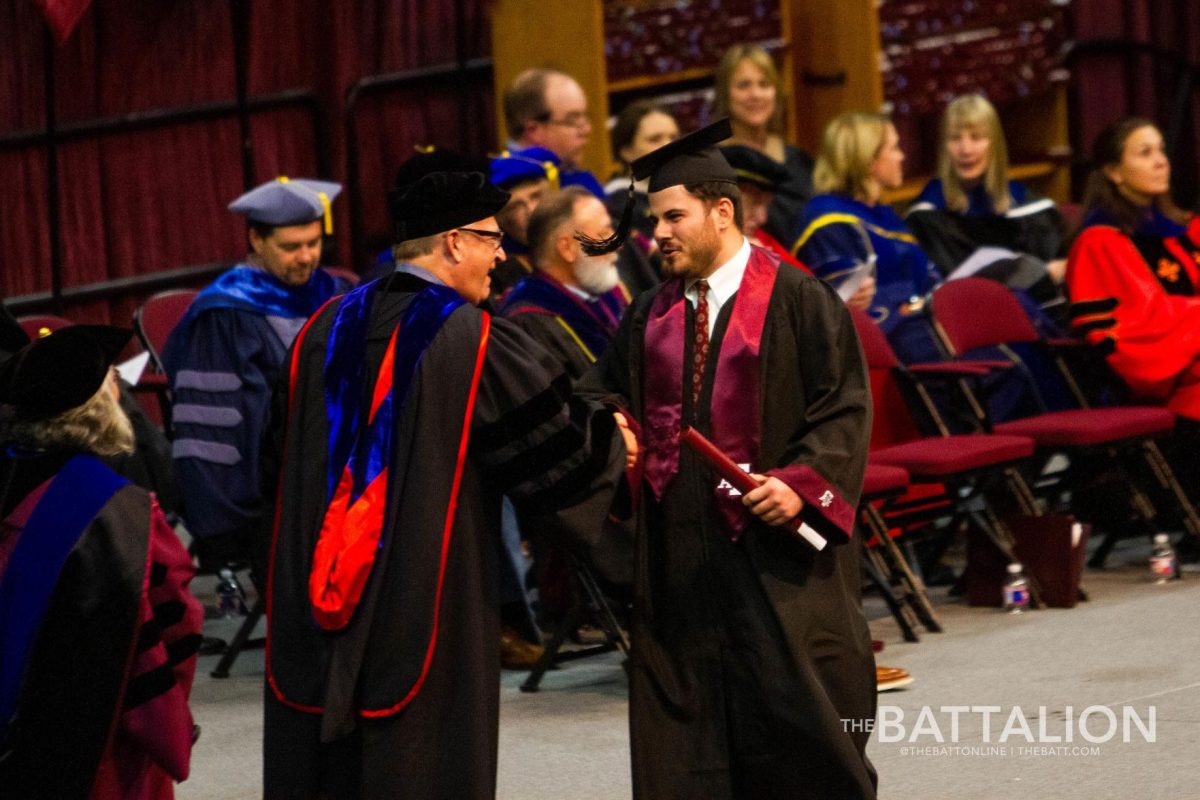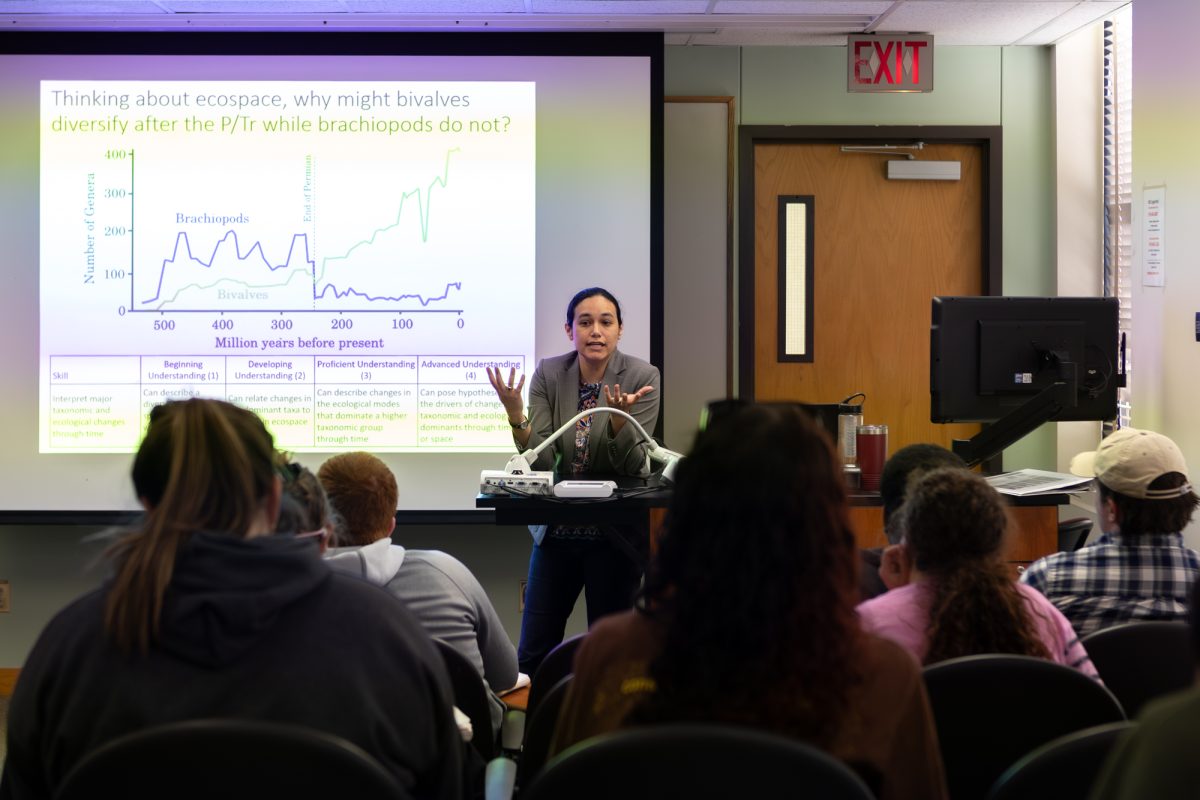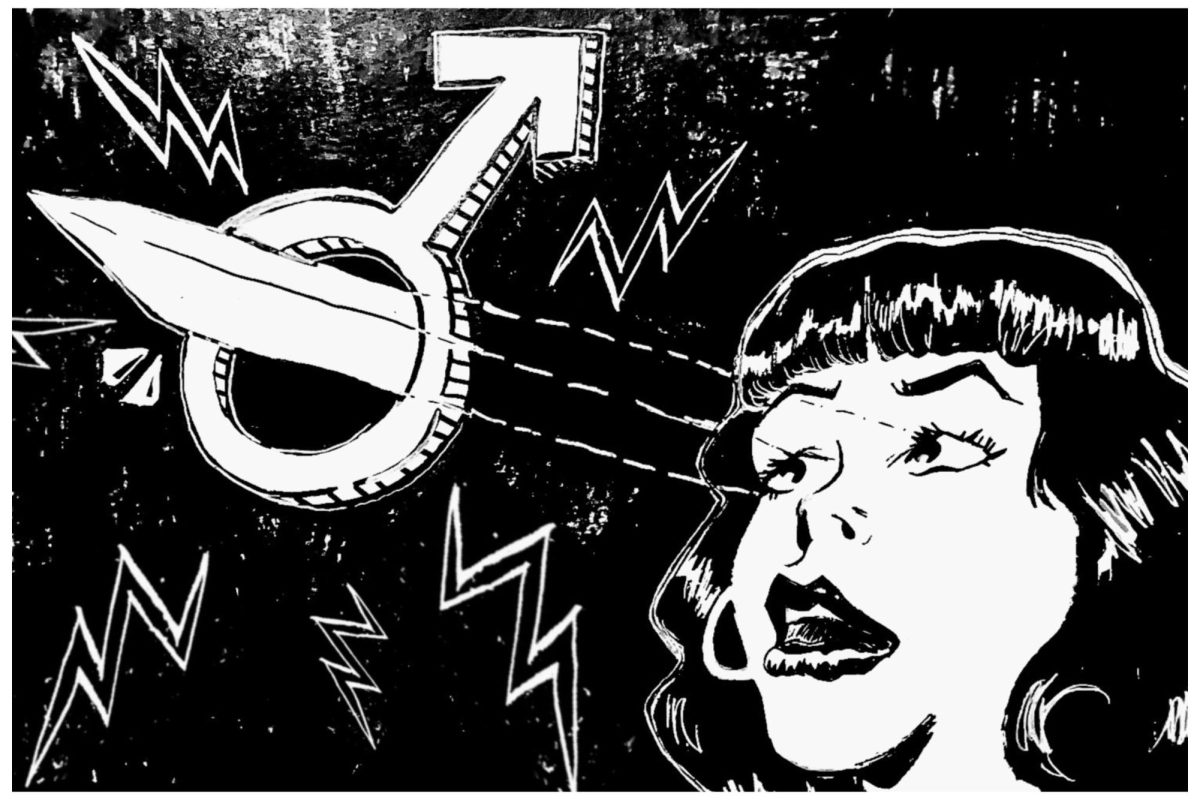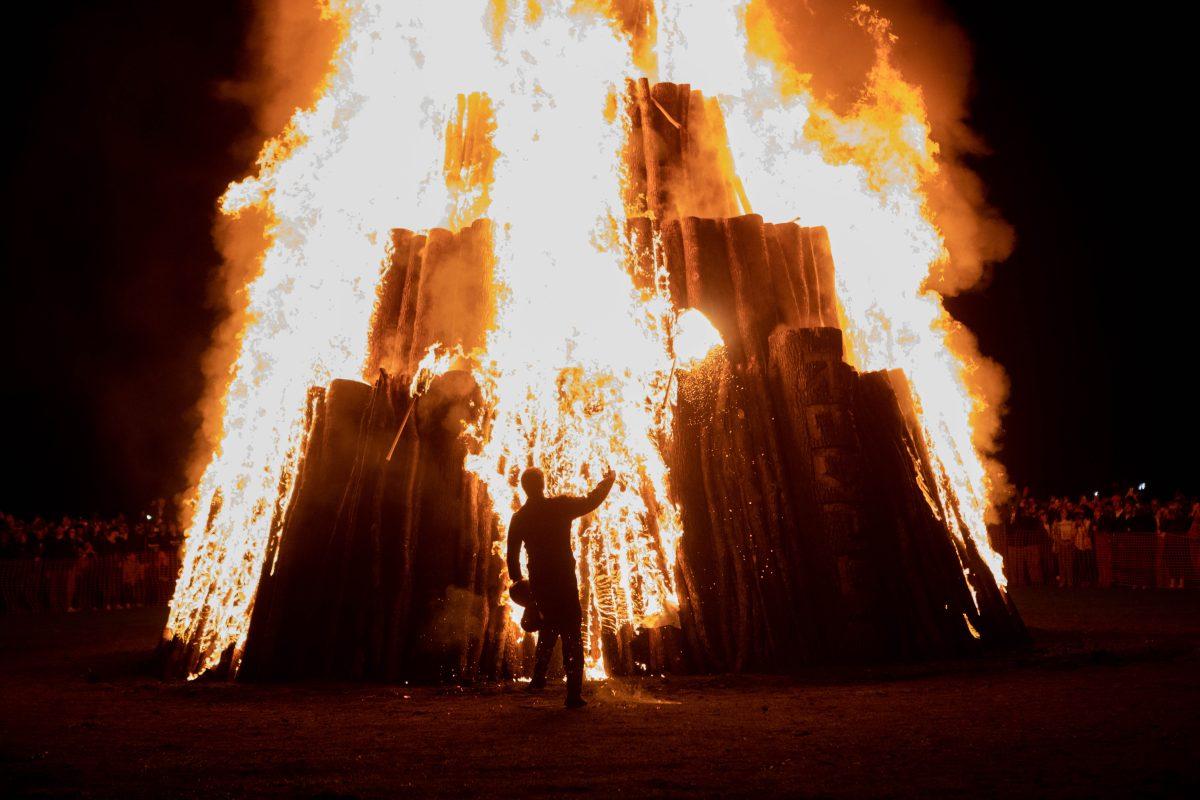Having been raised Baptist and then Methodist, I understand how important religion, especially Christianity, can be to many people. Furthermore, I have been in the public school system for 14 years, starting in kindergarten and continuing through college. I can absolutely understand why many parents choose to send their children to private institutions, including religious ones. Public schools are often scraping for pennies and teachers can range from being sages to downright incompetent. However, the constitution makes it clear that “Congress shall make no law respecting an establishment of religion.” Therefore, the Supreme Court’s recent 5-4 decision in Espinoza v. Montana Department of Revenue (which allows states to fund private religious schools) should give us pause because it undermines the separation of church by disproportionately favoring Christian institutions.
Montana had a program that provides scholarships to low-income students seeking to attend private schools. The Department of Revenue barred those funds from being used for sectarian schools until a county judge reversed that decision. In 2018, the Montana Supreme Court invalidated the program because their constitution bars religious education institutions from using public money. Chief Justice John Roberts wrote that while the court found the restrictions on religious schools to be consistent with Montana law, the program “discriminates based on religious status.” Roberts cited prior cases where neutral government programs could not discriminate against religious institutions and schools.
The Supreme Court’s ruling will have lasting consequences on the secular state, primarily because the case favors Christian schools. Let’s look at Montana for example. According to the Pew Research Center, 65 percent of adults in The Treasure State identify as Christian whereas five percent practice a non-Christian faith. About 20 percent do not practice any faith. Consequently, there are significantly more Christian-affiliated schools than Jewish or Muslim institutions. As a practical matter, these numbers imply that people of one faith stand to gain the most from the court’s recent decision. As such, they will receive the vast majority of funds going to religious schools and an easier time proselytizing their religion at taxpayers’ expense.
I can already hear the enraged commenters clacking away at their keyboards. One argument we may hear is that Christianity is the dominant religion in the U.S. and as such there should be more schools and students affiliated with the faith. While 65 percent of Americans do identify as Christian, the faith is experiencing a rapid decline. Concurrently, religiously unaffiliated people are steadily growing in number.
Moreover, as Justice Ginsburg wrote in her dissenting opinion, the Montana program did not obstruct people’s ability to practice their religion. According to her, the scholarship program as it was before the ruling did not promote religion nor incentivize religious families to abandon their faith. The policy merely prevented the state from paying people to teach their religion in the classroom.
The precedent this case sets for future issues concerning the separation of church and state is another problem. In his dissent, Justice Breyer writes two significant conclusions. First, he reminds us that the Supreme Court has held there should be “play in the joints” between the clauses that state governments cannot promote religion (Establishment Clause) nor can they prevent people from practicing their faith (Free Expression Clause). Second, he points to Locke v. Davey, a case where the Supreme Court ruled that states can provide taxpayer-funded scholarships to students as long as they do not seek degrees that are, “devotional in nature or designed to induce religious belief.”
The “play in the joints” between the Establishment and Free Expression clauses leans towards the latter in this case. Per the court’s decision, if states use taxpayer dollars to fund scholarships for private institutions, that benefit must extend to religious schools. As such, if a state has a program similar to Montana’s, they must either scrap it or support faith-based institutions; namely, Christian ones.
Because the court ruled differently in this case than in Locke, Espinoza can be used as a precedent to erode the secular state in future cases that concern the separation of church and state. As a result, the Supreme Court has paved the way for the government to promote religion as more people become unaffiliated with any faith.
Decisions like Espinoza v. Montana Department of Revenue subvert the delicate harmony between various faiths and promote certain beliefs and values. If we cannot identify where to draw the line between the church and government, we will see the death of the secular state.

















